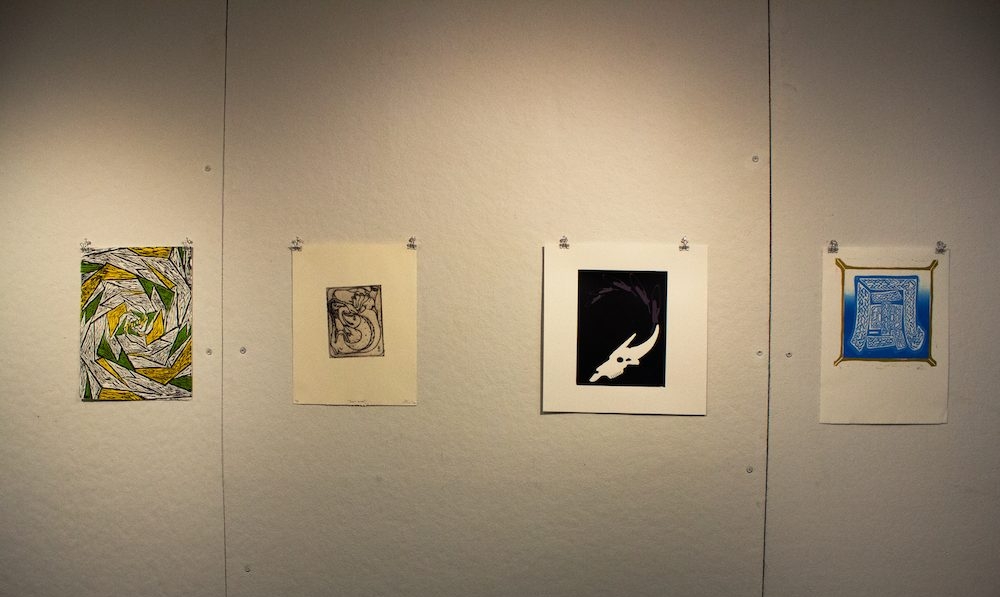Though the sudden implementation of many new dining options on campus has been met with enthusiasm, it has also raised a number of questions: Why were so many new dining establishments, as well as the new Teaching Kitchen and Student Choice Corner in True Grits, slated to open at the beginning of the 2019 school year? How exactly did the university choose what brands to bring to campus? And how is all of this being funded?
To answer these questions let’s look to Chartwells, a dining services company that is part of the Compass Group of Businesses, which operates all of the dining facilities on campus. Through Chartwells, all on-campus dining is entirely self-sustaining — all expenses are paid for by the money earned either through meal plan purchases or purchases made directly to the establishments according to Tom DeLuca, Resident District Manager for Chartwells at the University of Maryland, Baltimore County. In other words, no student fees or state funds contribute to on-campus dining.
Chartwells has provided dining services to UMBC since 2008, and their contract with UMBC was renewed last year in 2018. That contract renewal included proposals for new establishments and initiatives on campus, which is why UMBC is currently seeing such a heavy influx of new dining facilities on campus. Most of these proposed changes were influenced by feedback from the Student Dining Committee as well as other surveys and focus groups. Halal Shack, for example, was Chartwells’ answer to students’ requests for more international dining options, DeLuca explained. The new Dunkin’ on the ground floor of The Commons was introduced because Dunkin’ “has got great brand recognition” — significantly moreso, DeLuca said, than Au Bon Pain, which had been the staple breakfast spot in The Commons for ten years before it was removed this past summer.
The upcoming Chick-fil-A expansion, in contrast, was reportedly prompted by Chick-fil-A corporate. “As a company, they’re moving to the full-service, counter-service model on all the college campuses that they serve,” DeLuca said. “They’re getting away from the grab-and-go option.”
But with so many national brands on campus, how are students’ meal plans paying for the food they are eating?
When a student buys a meal plan, a small portion of that money — about 30 percent, according to DeLuca — goes to UMBC, mostly to cover administrative costs associated with Campus Card Services, meal plan distribution, utilities and more. The remaining 70 percent goes to Chartwells.
Chartwells is the franchisee of each of the national chain locations hosted on the UMBC campus. Franchising is a process by which the franchisee is allowed to use the name, products and business practices of a corporation, typically in exchange for an initial fee and a percentage of all revenue. DeLuca declined to share what that percentage is, confirming only that it was “a small percent, […] less than 50 percent.”
So, how much of your meal swipe is actually making it back to Starbucks HQ? If a venti iced vanilla latte costs $4.65, 70 percent of that cost (about $3.26) goes to Chartwells, and because Starbucks gets no more than 50 percent of that revenue, you are paying Starbucks $1.63 at most.
Photo: Students wait on line at The Commons’s new Halal Shack. Photo by Elizabeth Baummer.


Comments are closed.